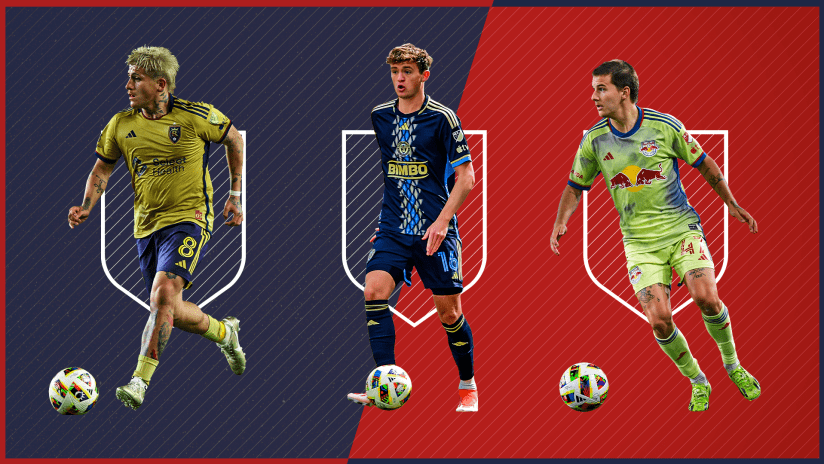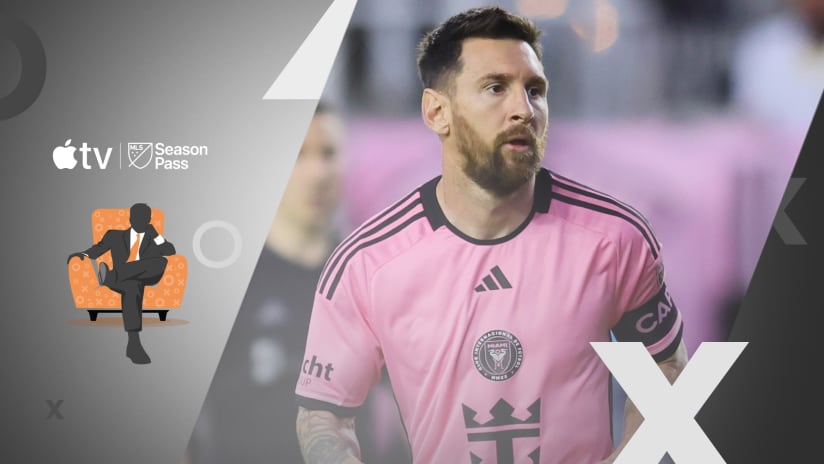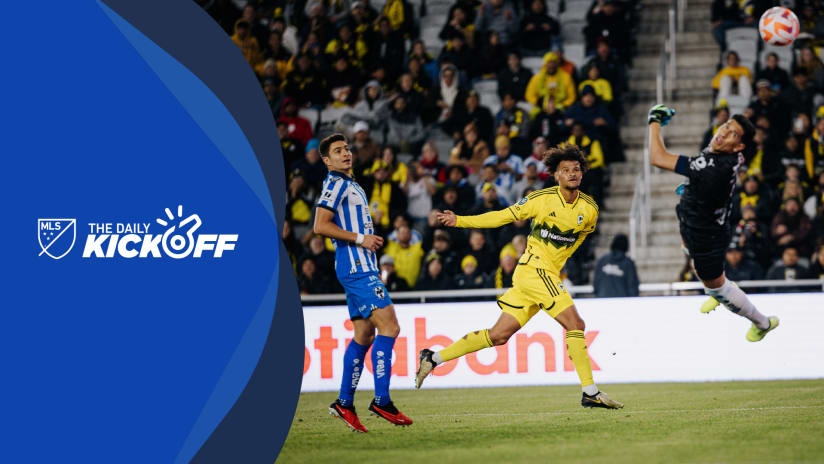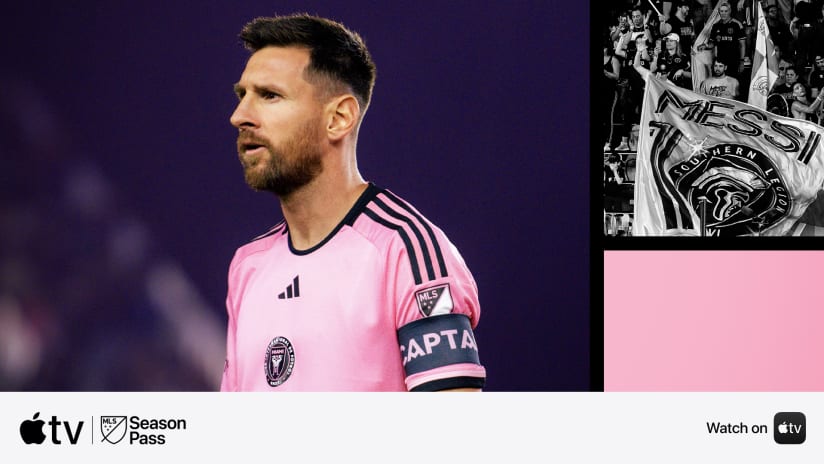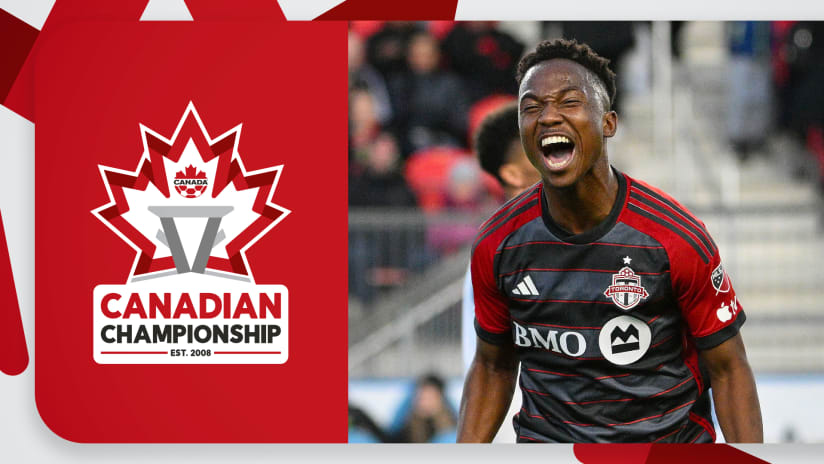Here's the lede to one of the first stories I wrote for this website:
Tactically, 2010 in MLS will probably be remembered as “The Year of the Counterattack.” Perhaps it’s from the ever-increasing influence of the British game. Or perhaps it’s the residual impact of the US national team’s memorable string of counterattack goals in the 2009 Confederations Cup and 2010 World Cup.
Whatever the root cause, the effect was a year of vicious pressing and transition, characterized by tireless midfielders and center forwards who did more work bringing others into the play than they seemed to for themselves. Teams that couldn’t threaten in transition pretty much didn’t threaten at all.
I wrote that at the start of the 2011 season. At the time, MLS was coming off the lowest-scoring year in league history, and Real Salt Lake were an absolute outlier in how they valued the ball and used possession as a cudgel both in attack and defense. They were a lot of fun to watch. The rest of the league? Less so.
Slowly and surely, over the last four years, most of MLS has followed RSL's lead. The league as a whole is significantly less direct in 2014, as these numbers pulled by Alex Olshansky of TempoFreeSoccer - one of the most essential blogs out there - illustrate:
A few things to notice:
- The Fire are last in the league in passes per possession (PPP) in 2014, at 2.50. In 2011, that would have put them 4th in MLS.
- The 2011 RSL team averaged 2.83 PPP, leading the league. That's good for 12th in 2014.
- Of the top three MLS teams in PPP (LA, CLB, RSL), 29 of 33 starters were on the club's roster in 2013. Continuity matters.
- The correlation between high PPP and winning soccer seems to be getting stronger (need more data!)
There is also a nod to parity here. MLS teams, good and bad, have seen their PPP increase at a fairly uniform rate throughout the table.
It's more stratified in the EPL, with the good-to-great teams making huge jumps, while the bottom of the table PPP teams have seen a more measured increase. That's because the talent gap between Manchester City and Crystal Palace is larger than the talent gap between the Galaxy and the Fire.
Now please note that there's no one stat in soccer that proves everything. Except goals.
Thanks for helping me kill a couple of hours once again! Check out the comments section below to see some off-the-cuff theories as to why and how MLS teams are better with the ball than they were three short years ago.


